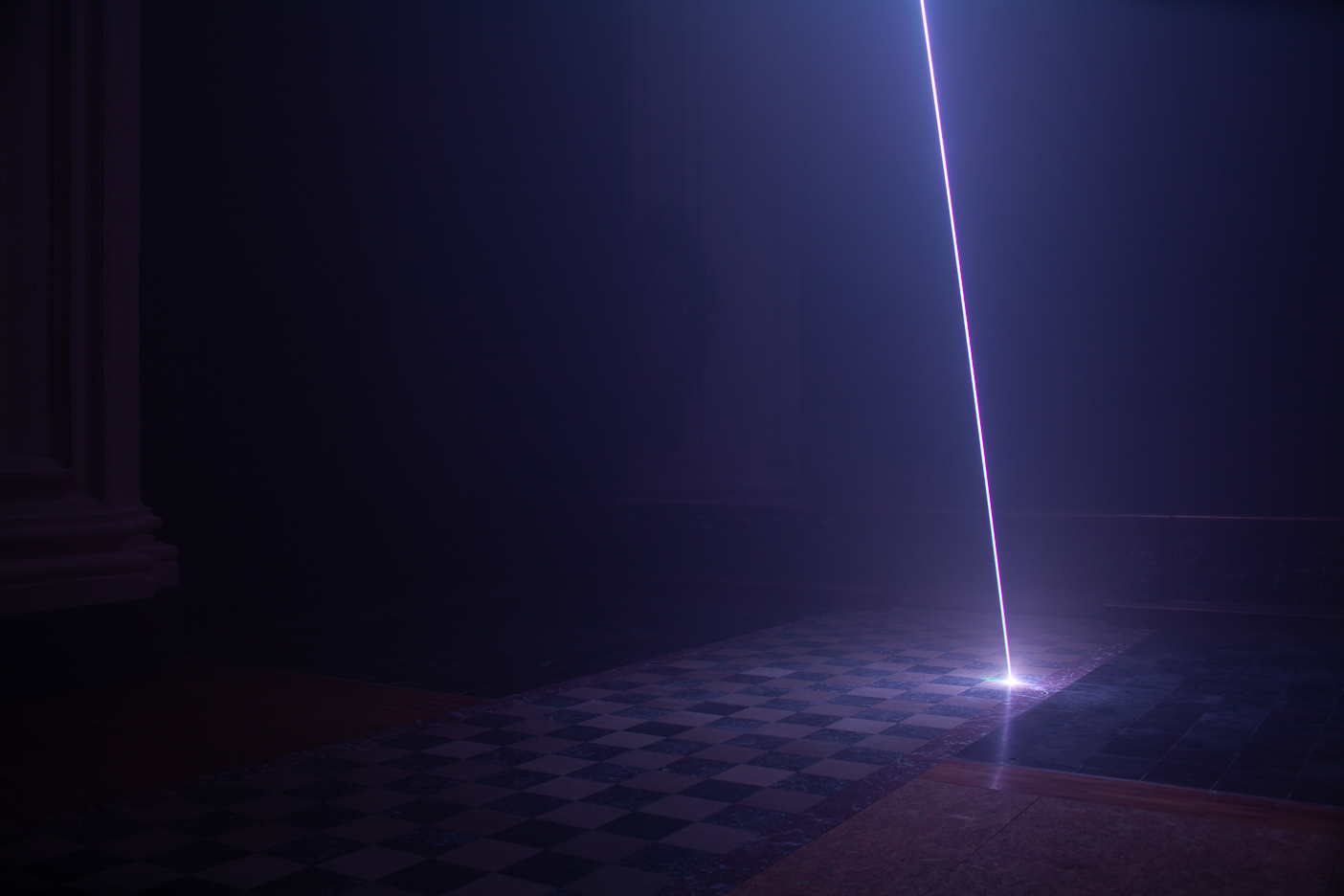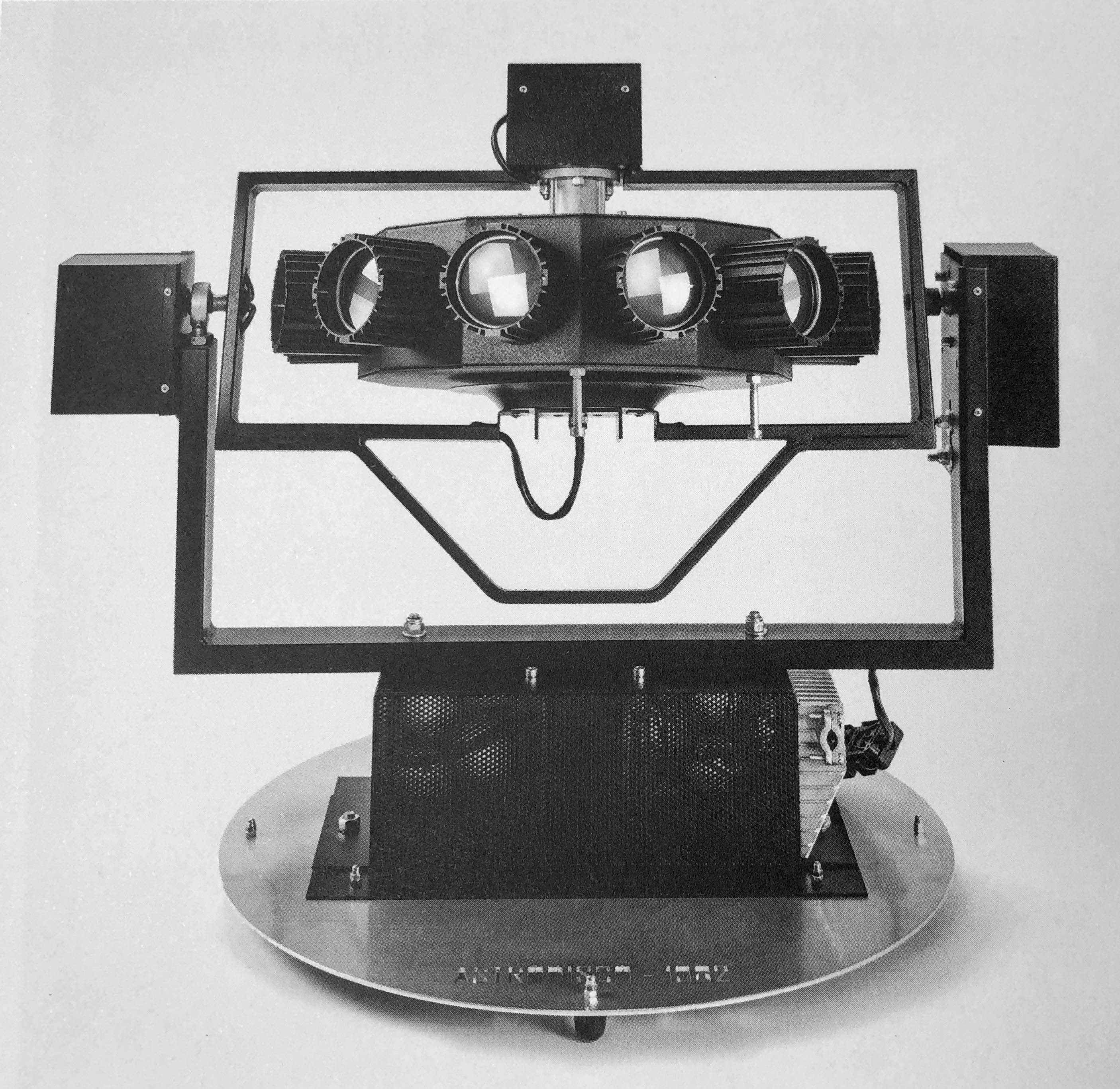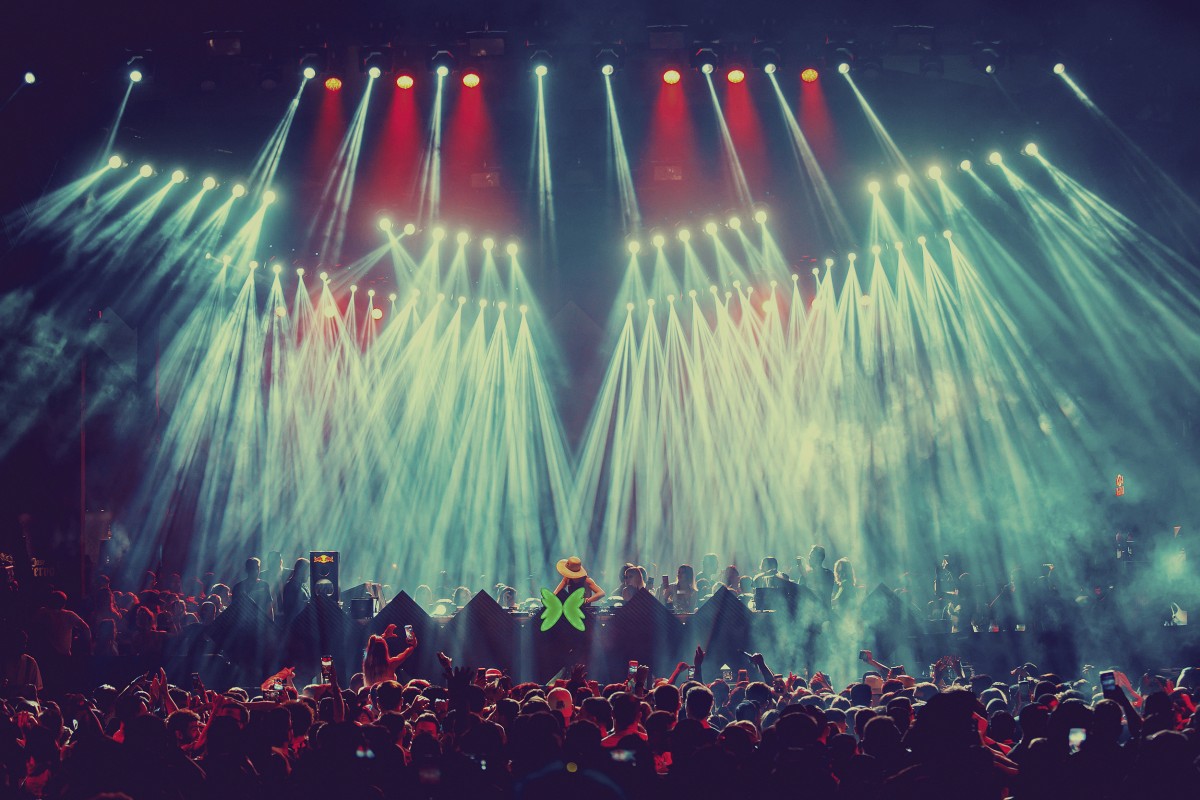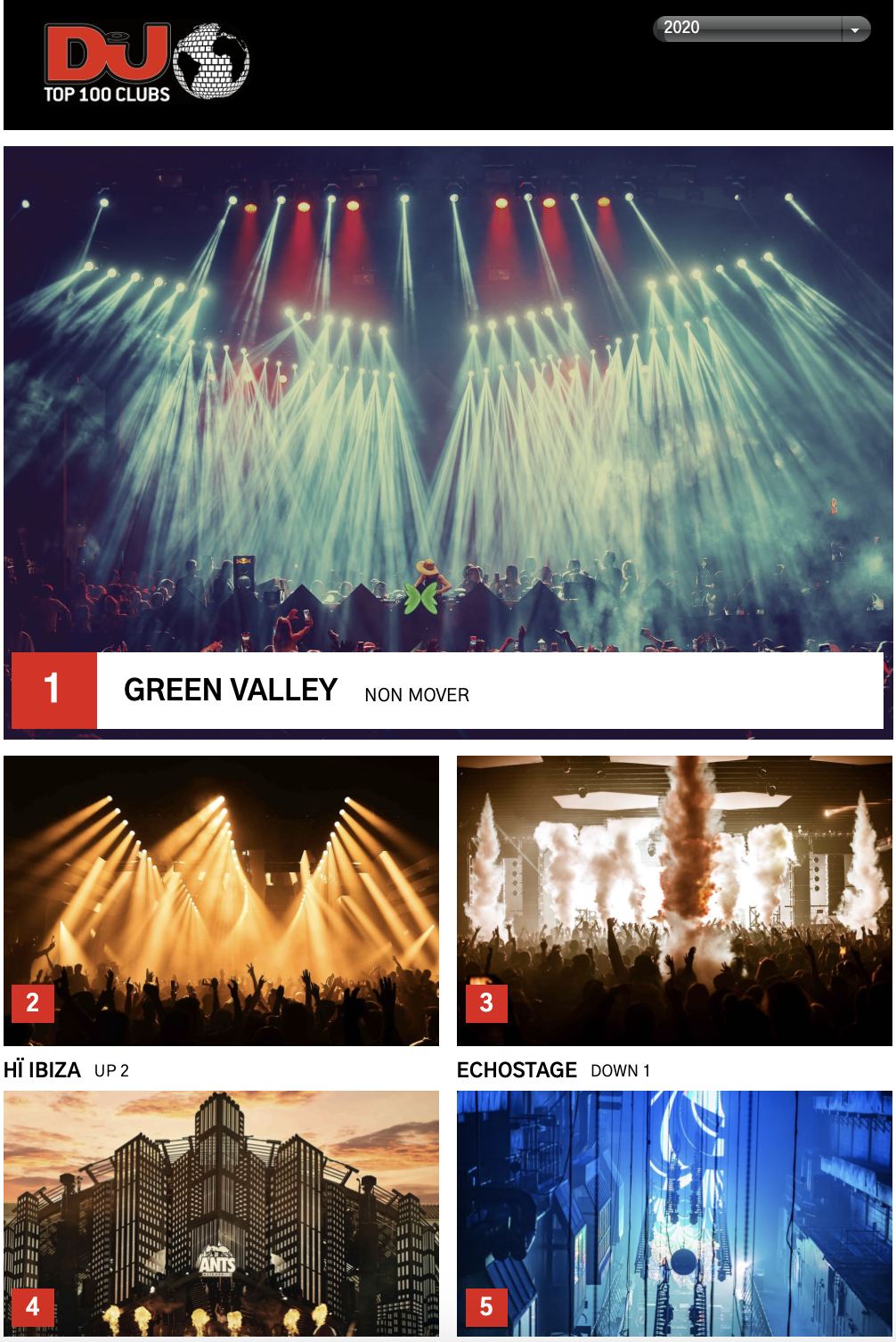(Un)holy light
In March 2019, Club Efemeer was invited to develop a light installation in the baroque Sint-Michiels church for a small light parcours during the holiday season later that year. Given the relatively long creation and production period, my artistic research and the production of this installation became completely intertwined. Various ideas and options were elaborated during a short residency in Cas-co, a collaboration with engineering students of the University of Leuven and at the HKU. As an unintended result, the work gives a good understanding of the artistic position, aesthetics and trajectory of Club Efemeer since 2017, combined with my insights from the MA scenography. It shows a conclusion of my research on the manifestations of light embodied in a radical site-specificity. By working on location and making the final decisions on the dramaturgy in situ, the light sculpture and the enclosing environment (the building) merged. This resulted in an (un)holy light resonating with some spiritual and sensory-affective aspects of club culture.
 Detail of (Un)holy light
Detail of (Un)holy light
Light
Before going into the details of the project itself, I give insight into my research on the most prominent element of the project, namely 'light'.
If we look at light in performing arts, we can distinguish fundamental functions. The first one is making the stage (actors, props, set, etc.) visible, which is indispensable in the black box theatre. As a result, everything that's not lit becomes invisible. Therefore light can also be a parameter to control the dimensions and limits of the space. A more dramaturgical function is the ability to focus the eye to a specific spot or direct the attention (both spatially and temporally). Finally, it creates an atmosphere due to the combination of intensity, the softness of the light, the colour temperature, colour and spectral properties.
If we look at light in performing arts, we can distinguish fundamental functions. The first one is making the stage (actors, props, set, etc.) visible, which is indispensable in the black box theatre. As a result, everything that's not lit becomes invisible. Therefore light can also be a parameter to control the dimensions and limits of the space. A more dramaturgical function is the ability to focus the eye to a specific spot or direct the attention (both spatially and temporally). Finally, it creates an atmosphere due to the combination of intensity, the softness of the light, the colour temperature, colour and spectral properties.
If we look at how this is applied in pop concerts, all of these functions are used, however only to a surprising limited level of detail and attention. Of course, these concerts have a very different history, belong to different scenes and are performed in different venues. However the generic venue of a pop concert is not very different from a black box, and similar light instruments and techniques are used. Yet, their light design and its aesthetic are usually very different.
Within the context of concerts, two other functions have been added and seem to be more dominant. First of all, there's a sort of graphic overlay or background added by using haze to make the beams visible. In this way, the most common lighting instruments like washes or spots create cone-shaped beams and the resulting graphical effect. Secondly, the lights are sometimes directed towards the audience. This brings attention and focus to the spectator and resonates with the function of creating an atmosphere (using spots with gobos, for example). But it can also have an affective impact when spectators are blinded by the light, for example.
I must admit that the graphical use of light might be interesting when experiencing it for the first time, but it becomes very generic after a while. It's also not clear which use it has other than creating an atmosphere and visual entertainment. But what is the added value of this visual entertainment? Nevertheless, this aesthetic is added to most pop concerts out of habit.


Intriguingly, this phenomenon is a direct demonstration of technology: it is a showcase of both what the light instrument is capable of doing (the resulting light effect) and the underlying technique itself (the constraints in which it operates).
In the example of Maddox, we saw that the light fixtures were custom designed and built and were inspired by devices used in theatres and dioramas combined with scientific instruments. The following years these instruments were produced industrially often by new companies (which still exist today) resulting in a wide variety of effects. Thanks to the booming entertainment industry, the equipment became much more advanced and powerful in the eighties. These so-called "intelligent" lights, could be pointed in the right direction as well as change colours and could replace a large number of fixed spots with a particular colour pointed in different directions. Today, we all know these instruments as moving lights. The vast development and versatility of these luminaires made them very popular. At the expense of that, more and more specific light effects disappeared, narrowing the range of possibilities, resulting in an impoverished aesthetic.



This goes hand in hand with the development of the light consoles to control this intelligent light. It's interesting to see that the aesthetics not only results from the technical capabilities of the fixtures themselves, but also from the programming tools of light consoles. Although almost everything is programmable in theory, it's much faster to use the programming tools and presets. This makes, for example, a symmetric look far easier to program than a complete random behaviour. In practice, it's exceptional to see concerts that don't apply some level of symmetry. This is of course also related to an acquired aesthetic taste and also to the fact that often there's no light designer involved. Artistic decisions are made by the programmer or operator, which most often have a technical background, which result in this technique-driven aesthetic.


When we look at the application in clubs, we see that the same generic fixtures built for the entertainment industry are used. The problem is that these fixtures are not designed with clubs in mind. Their dimensions and brightness match with stages, but not with the size (and lack of headspace) of an underground club. Moreover, their functions and visual effects are not always the affect the lighting in a club should produce. Luckily quite some of the smaller clubs acknowledge this. They don't use moving lights and, instead, use better-adapted light or even custom-designed fixtures.
The above is the reason why I've done extensive research on the manifestations of artificial light by taking all the aspects into account: the technology, the operation, the fixture, the light properties, the shape, the effect, the affect of the spectator and the relation to the space. I've adapted fixtures, used them in alternative ways and designed new ones while pushing light consoles and software to their limits or making use of other programming tools. An underlying topic is how these lights or fixtures obtain agency and how they can be used in a performative way. Agency of light — Experimental research gives an illustrated, chronological overview of the strategies.
(un)holy light
This project combines a few of the research strategies using a radical site-specificity. In essence, the installation consists of a beam of light that describes a slow circular movement in combination with a site-specific soundtrack. The beam varies in light intensity so that it sometimes stands alone as an ephemeral light fixture. As brightness increases, it establishes a relationship with its surroundings by illuminating the spectators and the architecture. When the light beam evolves to a diagonal, the movement becomes more ambiguous and, depending on the spectator's point of view, causes a disorienting effect.
The soundtrack is entirely based on recordings of the organ and played back from that position. In this arrangement, the sound installation makes use of the intended acoustics of the church. As a result, the sound is perceived differently depending on the position of the spectator. The light intensity ranges from nearly invisible to bright; likewise, the sound has a dynamic volume, while the low tones affect the body through their vibrations. The slowness and repetitive nature of the installation using intangible light and sound, together with the emptiness of the church, create a peculiar atmosphere.
The architecture and existing codes of the church, combined with the aesthetic of the light, the ambiguous movement, the repetitive and body-affective sound, the duration and the atmosphere, renders an immersive work of art that balances between a science-fiction aesthetic and a spiritual experience.